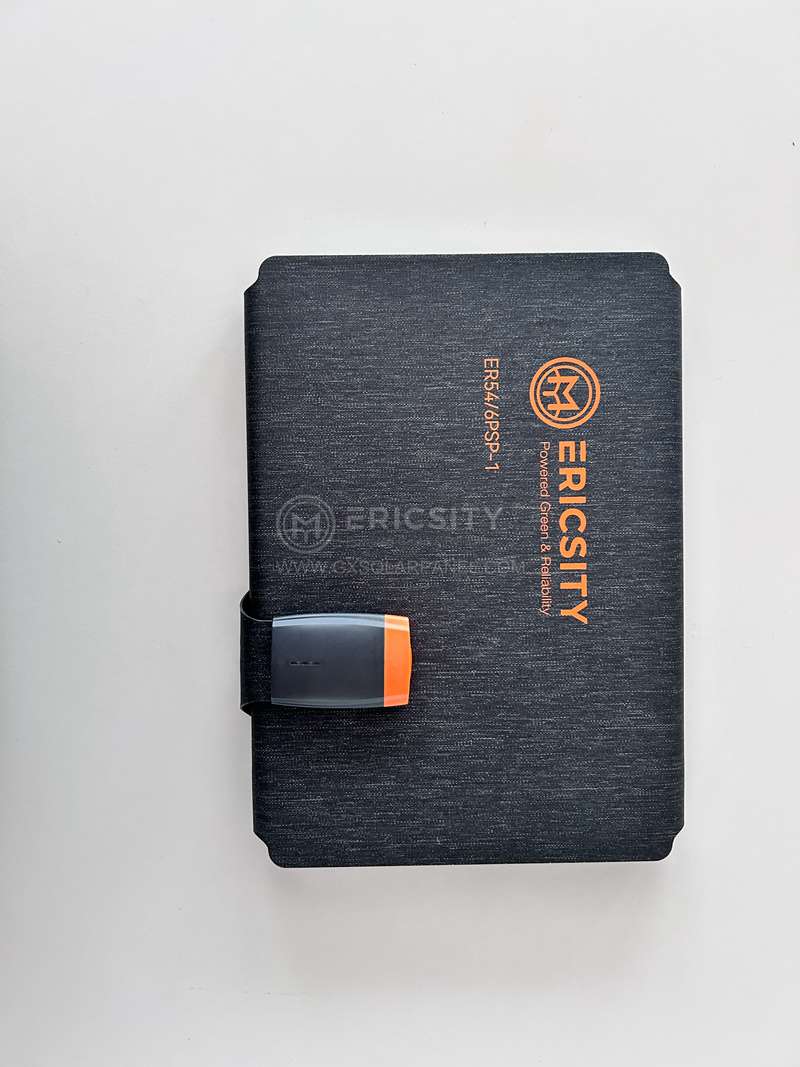HOT PRODUCT
Product Details
80w Semi-flexible Vs. Rigid Solar Panels: A Comparative Analysis
Title: 80W Semi-flexible Vs. Rigid Solar Panels: A Comparative Analysis
Introduction:
Solar panels have become increasingly popular as a clean and renewable energy source for both residential and commercial applications. When it comes to choosing the right solar panels, there are several options available in the market. This article aims to provide a comparative analysis of 80W semi-flexible and rigid solar panels, evaluating their key features, advantages, and disadvantages. By understanding the differences between these two types of panels, consumers can make an informed decision based on their specific requirements.
1. Performance and Efficiency:
Rigid solar panels have been the traditional choice for many years. They are highly efficient, with a power output generally ranging from 17% to 19%. These panels are rigidly mounted on a structure or rooftop, maximizing sunlight exposure. On the other hand, semi-flexible solar panels have a lower efficiency, typically around 12% to 15%. Their flexibility allows them to conform to curved surfaces, making them ideal for applications where rigid panels are difficult to install.
2. Durability and Longevity:
Rigid solar panels usually have higher durability due to their solid construction, making them more resistant to physical damage. They are better suited for installations in harsh weather conditions, such as heavy snow or hail. Conversely, semi-flexible panels are more susceptible to damage as they consist of thin layers of photovoltaic material laminated onto a flexible substrate. Although they may have a shorter lifespan compared to rigid panels, their flexibility allows for easier installation and replacement.

3. Weight and Portability:
Weight is a crucial factor to consider, especially in applications where the solar panels need to be transported frequently. Rigid solar panels tend to be heavier due to their solid structure, making them more challenging to transport. On the other hand, semi-flexible panels are lightweight and portable, making them suitable for mobile applications like RVs, boats, or camping setups.
4. Aesthetic Appeal:
Rigid panels are commonly used in stationary installations, such as residential rooftops or commercial buildings. While they offer higher efficiency, they have a more prominent appearance and can alter the visual appeal of a structure. Alternatively, semi-flexible panels blend more seamlessly into curved surfaces and are less visually obtrusive. They are often preferred for installations where aesthetics are a priority, such as vehicles or architectural designs.
5. Versatility of Installation:
The rigid structure of traditional solar panels limits their installation possibilities, usually requiring a flat or tilted surface. However, semi-flexible panels can be easily installed on irregular or curved surfaces, expanding their range of applications. This versatility makes them a suitable option for unconventional installations, including marine vessels, recreational vehicles, or portable solar charging kits.

Conclusion:
Choosing between 80W semi-flexible and rigid solar panels depends on various factors, including performance, durability, weight, aesthetic appeal, and installation requirements. Rigid panels provide higher efficiency and durability, making them suitable for fixed installations. Meanwhile, semi-flexible panels offer flexibility, portability, and versatility, catering to unconventional installations and applications. By considering these factors, individuals can select the type of solar panel that best suits their specific needs, ensuring optimal energy generation and utilization.




